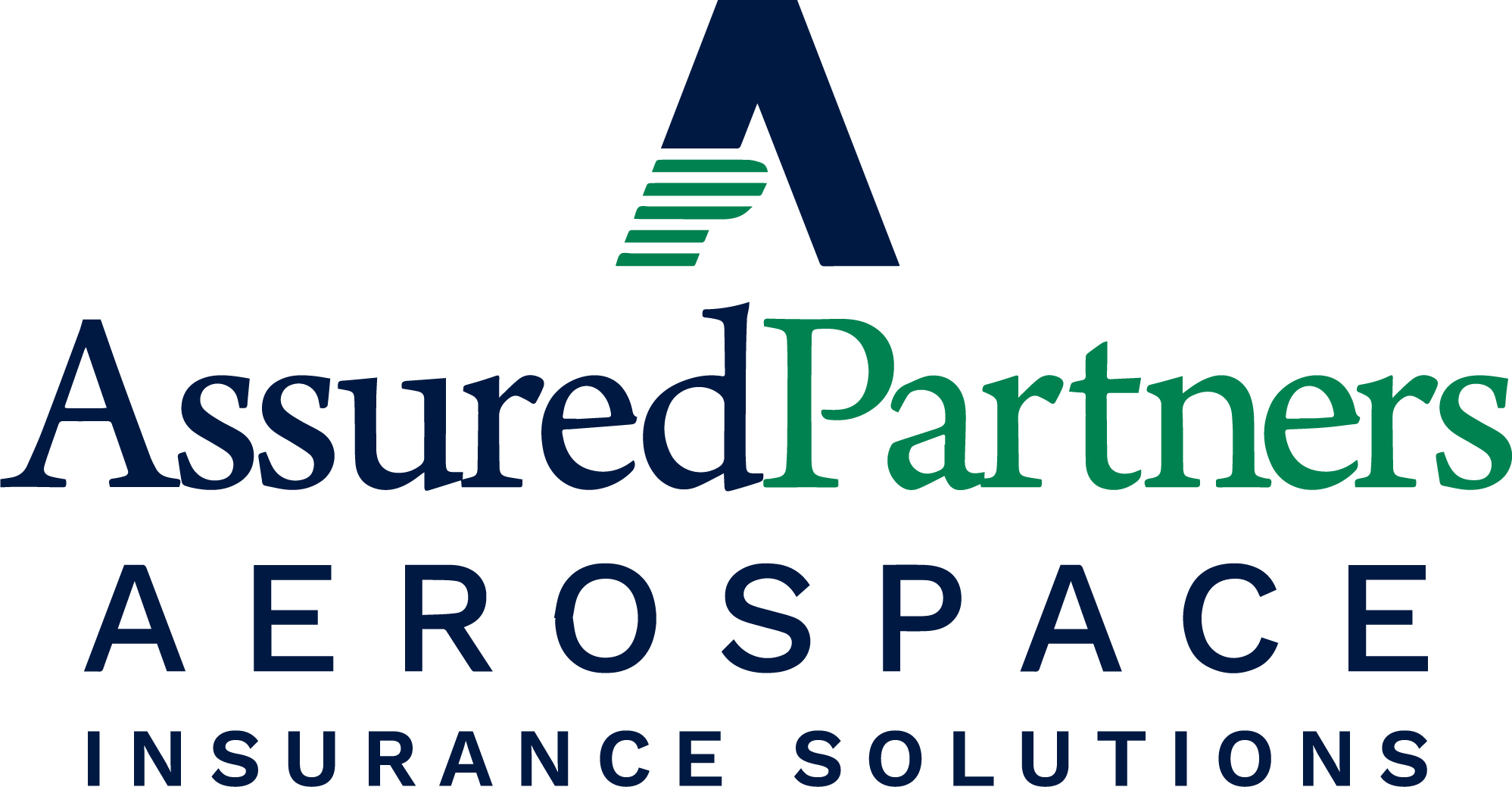GA Insurance in 2021 Recap - Part 1
Lienholders - Part 1 of 4 Recap of GA insurance in 2021
The core objectives of Aviation Insurance for General Aviation Aircraft have changed very little in the past 50 years. The risk of loss is transferred from the individual aircraft owner / operator to the various insurance companies that choose to underwrite those aviation exposures. What has changed in those 50 years would include the significant increase in the value of aircraft as well as the technology for the production, repair and maintenance, as well as the legal environment as it relates to aircraft accidents and liability claims. While this trend is not unique to only aviation, it does serve as a defining example of how the stakes have been raised.
Today we have over a dozen insurance markets in the United States that make all or a good portion of their Aviation Insurance premium from the General Aviation community. The good news there is that we have over a dozen insurers that want that business. There have been periods in the past when we were down to only a handful of available sources, and that had a predictable influence on competitive pricing and coverage availability. While we are currently going through a market adjustment, correcting for some very unprofitable years for underwriters, a significant reduction in the number of markets would seriously exacerbate this situation.
While the core objectives of aviation insurance remain fairly constant, the landscape has certainly changed and along with it some of the policy wordings and underwriting considerations. A timely review of the current coverages and considerations of your individual Insurance Program should include the following: Lienholders, Aircraft Liability, Aircraft Hull Coverage, and Warranties and Conditions. We will delve into these areas in a 4-part series about GA Insurance over the next few months.
Lienholders
Other parties can have an assigned interest in your Hull coverage. The most common example is a lienholder who has financed the aircraft. These other parties can be provided a loss payable provision which means that they can be included on any insurance payments for damage to the aircraft. This is not a protected position in that a violation of the policy could end up with no payment to the Named Insured / Policy Holder or the Loss Payee. Accordingly, most Financial Institutions that deal with a volume of Aircraft Loans, will require a Lienholders Interest Endorsement, more commonly referred to as Breach of Warranty Clause. This endorsement states that in the event the Insured violates his contract with insurers, the Lienholder still has recourse to collect their lien amount from the Insurance company. If that happens and the carrier is required to make payment to the Lienholder, the Insurance Company can then pursue payment from their own insured for the amount of money the Insurance Company had to pay to the lienholder.
Next month we will continue exploring the Hull coverage section of the aircraft insurance policy. As AOPA’s partner for Aviation Insurance, AssuredPartners Aerospace, is standing by to help you navigate the insurance marketplace. Visit ap-aerospace.com or call us at 800.622.2672 today!

